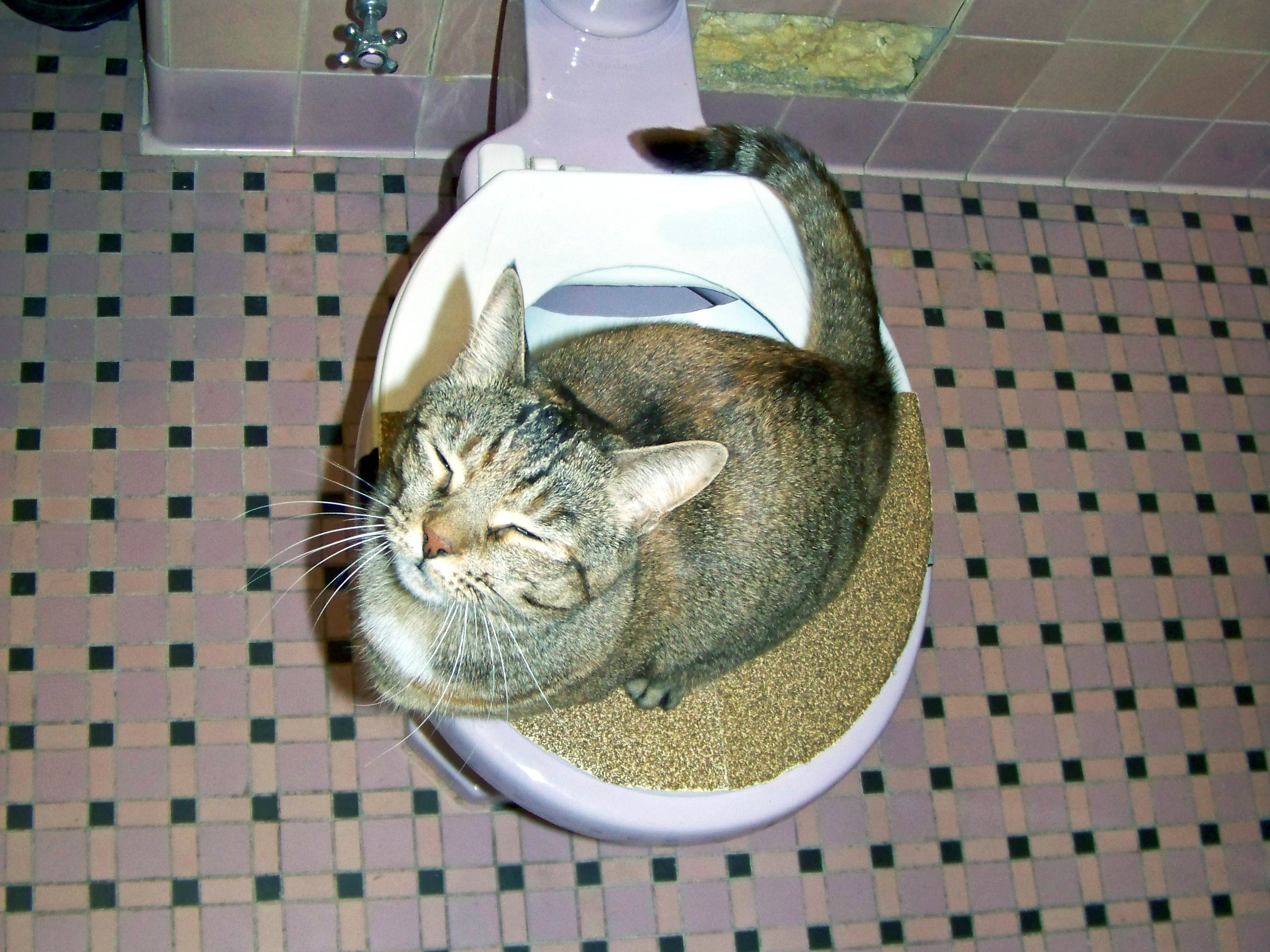Essential Points Regarding Flushing Animal Waste Down the Toilet
Essential Points Regarding Flushing Animal Waste Down the Toilet
Blog Article
They are making a few great points relating to Can You Flush Dog and Cat Poo Down the Toilet? in general in the content below.

When it concerns taking care of waste, particularly animal waste, many people usually turn to the hassle-free option of flushing it down the toilet. Nevertheless, this seemingly very easy solution can have serious repercussions for the environment and public health. In this short article, we'll explore why flushing pet waste down the toilet is a negative idea and give different techniques for correct disposal.
Introduction
Proper waste disposal is vital for preserving environmental sustainability and public health. While it may seem harmless to flush animal waste down the commode, it can bring about various issues, both for the setting and human health.
Threats of flushing pet waste
Environmental effect
Purging animal waste introduces unsafe bacteria and microorganisms right into rivers, which can adversely affect marine ecosystems. These virus can infect water sources and injury marine life, interfering with delicate ecological communities.
Public health worries
Pet waste has hazardous germs such as E. coli and Salmonella, which can present significant wellness dangers to people. Purging animal waste down the toilet can infect water products, causing the spread of conditions and infections.
Alternatives to flushing
Rather than purging pet waste down the toilet, there are a number of alternative disposal techniques that are much more environmentally friendly and sanitary.
Composting
Composting pet waste is an eco-friendly method to throw away it. By composting, organic matter is broken down into nutrient-rich dirt, which can be utilized to feed gardens and plants.
Land fill disposal
Getting rid of animal waste in a landfill is another option. While not as environmentally friendly as composting, it is a safer option to flushing, as it stops the contamination of water sources.
Pet waste disposal systems
There are specialized animal waste disposal systems readily available that safely and hygienically dispose of animal waste. These systems usually use enzymes to break down waste and get rid of smells.
Steps to correct animal garbage disposal
To make certain appropriate disposal of animal waste, follow these actions:
Scooping and nabbing waste
Consistently scoop and bag pet waste using naturally degradable bags. This protects against waste from infecting the setting.
Making use of designated waste containers
Dispose of bagged pet waste in designated waste bins, such as compost containers or land fill bins. Prevent flushing it down the toilet in all prices.
Cleaning can and family pet areas on a regular basis
Regularly clean can and animal areas to prevent the accumulation of waste and microorganisms. Usage pet-safe cleaning items to keep health.
Benefits of correct disposal approaches
Embracing correct disposal techniques for pet waste offers several advantages:
Decreased environmental pollution
Correct disposal techniques lower the risk of environmental pollution, shielding waterways and environments from contamination
Reduced threat of water contamination.
By preventing flushing pet waste down the bathroom, the threat of water contamination is substantially minimized, securing public health.
Enhanced hygiene and health
Appropriate disposal approaches promote better hygiene and hygiene, creating a more secure atmosphere for both people and animals.
Final thought
In conclusion, purging animal waste down the toilet is dangerous to the environment and public health. By embracing alternative disposal techniques and complying with appropriate waste monitoring techniques, we can decrease the negative effect of pet waste and contribute to a cleaner, healthier world.
What To Do With Dog Poo – The Do's And Don'ts Of Disposing Of Faeces
Dog poo bins
Some councils provide dedicated dog waste bins in popular dog-walking areas that can take dog poo that has been bagged but you can legally dispose of dog waste in any public litter bin, as long as it is securely bagged. This also applies to your wheelie bin at home.
Do not flush
Water companies do not recommend flushing dog faeces down the toilet because certain parasites can survive the water processing treatment and are potentially harmful to humans. You should also never consider flushing dog poo that has been bagged down the toilet as the bags will not break down and instead create severe blockages in the sewage system.
In the woods
The Forestry Commission promotes a ‘stick and flick’ method for dealing with waste in the woods. This means finding a stick and using it to flick any poo from off the path so that it is out of the way of other walkers. You could also bury it as long as it is not in an area where there might be livestock.
Livestock
Parasites found in dog poo can be transmitted to livestock if they inadvertently eat infected faeces that has been left on grazing land. This could result in the death of sheep or abortion in cattle so you should always make sure you pick up your dog’s waste in fields where livestock could be present.

Regularly clean can and animal areas to prevent the accumulation of waste and microorganisms. Usage pet-safe cleaning items to keep health.
Benefits of correct disposal approaches
Embracing correct disposal techniques for pet waste offers several advantages:
Decreased environmental pollution
Correct disposal techniques lower the risk of environmental pollution, shielding waterways and environments from contamination
Reduced threat of water contamination.
By preventing flushing pet waste down the bathroom, the threat of water contamination is substantially minimized, securing public health.
Enhanced hygiene and health
Appropriate disposal approaches promote better hygiene and hygiene, creating a more secure atmosphere for both people and animals.
Final thought
In conclusion, purging animal waste down the toilet is dangerous to the environment and public health. By embracing alternative disposal techniques and complying with appropriate waste monitoring techniques, we can decrease the negative effect of pet waste and contribute to a cleaner, healthier world.
What To Do With Dog Poo – The Do's And Don'ts Of Disposing Of Faeces
Dog poo bins
Some councils provide dedicated dog waste bins in popular dog-walking areas that can take dog poo that has been bagged but you can legally dispose of dog waste in any public litter bin, as long as it is securely bagged. This also applies to your wheelie bin at home.
Do not flush
Water companies do not recommend flushing dog faeces down the toilet because certain parasites can survive the water processing treatment and are potentially harmful to humans. You should also never consider flushing dog poo that has been bagged down the toilet as the bags will not break down and instead create severe blockages in the sewage system.
In the woods
The Forestry Commission promotes a ‘stick and flick’ method for dealing with waste in the woods. This means finding a stick and using it to flick any poo from off the path so that it is out of the way of other walkers. You could also bury it as long as it is not in an area where there might be livestock.
Livestock
Parasites found in dog poo can be transmitted to livestock if they inadvertently eat infected faeces that has been left on grazing land. This could result in the death of sheep or abortion in cattle so you should always make sure you pick up your dog’s waste in fields where livestock could be present.

I stumbled upon that page about 10 Things You Should Never Flush Down The Toilet while doing a search on the internet. Sharing is caring. Helping others is fun. Kudos for your time. Please pay a visit to our site back soon.
Schedule Now! Report this page